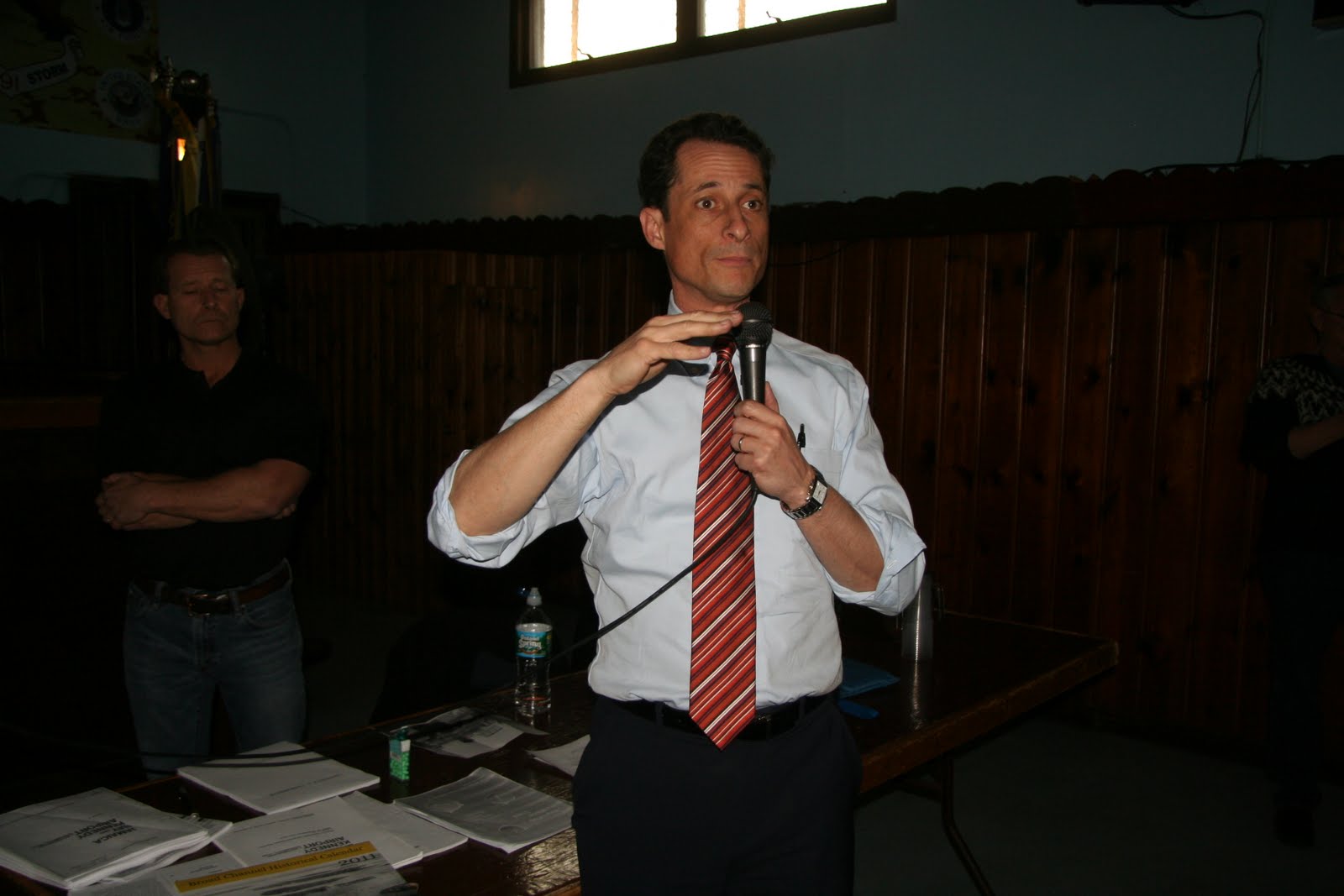Tempers Flare Over Jamaica Bay Airport Expansion

Members of the Jamaica Bay Task Force Group (JBTF) hosted a meeting last week to decry plans calling for the destruction of 400 acres of Jamaica Bay wetlands to clear the path for a runway expansion project at John F. Kennedy Airport.
More than 150 people, including the JBTF — a cadre of citizenry, scientists, and federal, state, regional, and local agency representatives, staunchly guarding the wildlife refuge for more than 20 years — crowded into the American Legion Hall at 209 Crossbay Boulevard in the Broad Channel section of Queens during what was, at times, a heated dialogue over the Regional Plan Association’s (RPA) report, “Upgrading to World Class – The future of the New York Regions Airports” (pages 150 to 154), which proposes eliminating a sizeable acreage of “what is not simply New York City’s ecological crown jewel but a wetlands and estuarine area of national importance,” according to a press release from NYC Park Advocates.
“One of the major shortcomings of the report was that actual users, including environmentalists and civic organizations were not consulted,” said Geoffrey Croft, the president of NYC Park Advocate, of the report, developed by a conglomerate of multi-tiered stakeholders from all levels of government and funded by the Port Authority.
Croft’s blog A Walk in the Park reports that attendees delivered impassioned pleas, and one — Daniel Mundy, Jr. vice president of Jamaica Bay Ecowatchers and president of Broad Channel Civic Association — even presented a PowerPoint presentation refuting the alleged findings of a multitude of the RPA’s “inaccurate air travel projections from prior reports beginning in 1947.”
“The nature of the proposal is outrageous,” said Mundy.
According to the release by NYC Park Advocates, the destruction of the wetlands, “whose federal wildlife refuge is ‘the size of 10 Central Parks,’” would require an act of Congress.
“I am not going to let that happen,” said Rep. Anthony Weiner, of the plan. In a letter voicing their opposition, signed by 21 groups and sent last month to Port Authority Executive Director Christopher O. Ward, they pleaded that the Port Authority “consider other available alternatives for meeting the region’s airport capacity needs.”
Weiner stated that he had spoken with both the U.S. Secretary of the Interior Ken Salazar and Ward, expressing his opposition to the plan, but Weiner’s media spokesperson did not provide details of the conversations by press time.
In addition to the runway debacle, the RPA’a contention that Grassy Bay, on the border of JFK, was a “Dead Zone” also received unreserved derision, particularly from boat captain and fishing columnist Vinnie Calabro, a fisherman in that area for more than 40 years, who presented a number of images to the gathering, illustrating the enormous fish he said were caught in the alleged “Dead Zone.”
The Forum News Group, however, pointed out that Edward Knoesel, manager of the New York Port Authority’s Environmental Services Aviation Department, at the meeting stressed the organization’s responsibility to “plan for the future of commerce and travel in the tri-state area.”
“We’re not proposing to do any expansion at any airport,” Knoesel emphasized. “What we’re doing is taking a look at what the RPA proposed and what [the community says] and see[ing] what is feasible.”
John Tanacredi, a research ecologist, and chairman of the Department of Earth & Marine Sciences at Dowling College, Kramer Science Center, said that Jamaica Bay has one of the most bio-diverse marine ecosystems and, according to Mundy, the water in the bay is at its cleanest in recent years due to a number of restoration projects, such as the $16 million salt water marsh restoration and another ongoing project to reintroduce oysters into the bay.
“The Port Authority has no plans to fill Jamaica Bay,” Knoesel said repeatedly. “This is a study. We have not made the decision yet. We view this report as a start in the conversation.”




